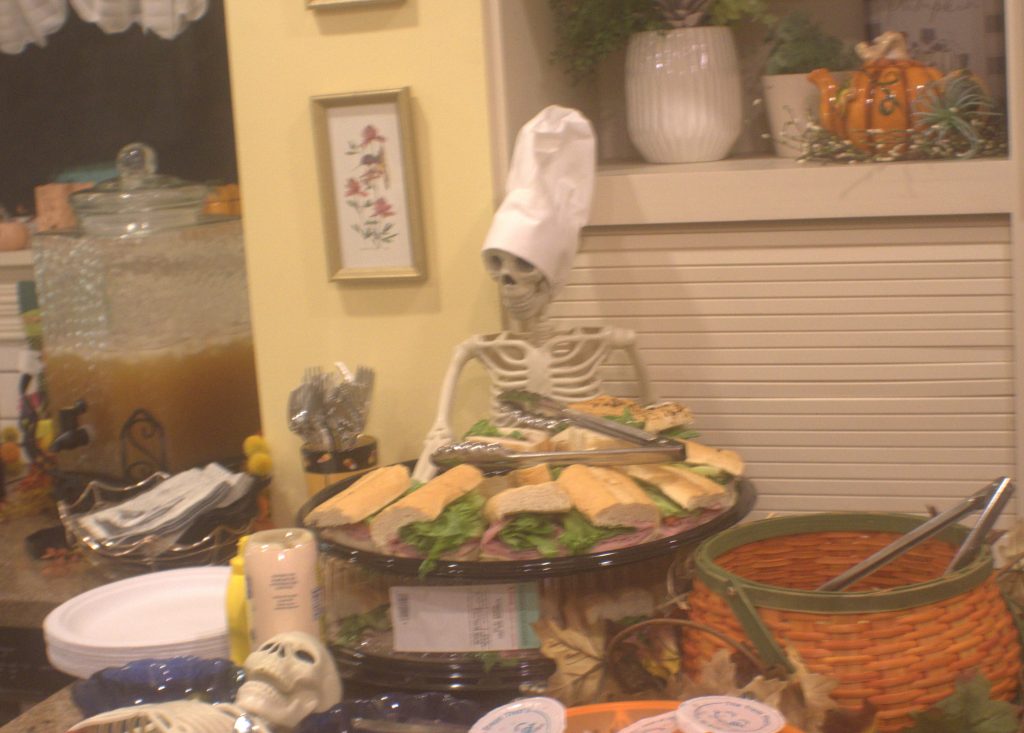Recently I was offered an opportunity to step beyond my “photographic comfort zone” (outdoors) and try to expand my experience in a new direction. A photographers group that I joined had organized an indoor photo shoot with a Halloween theme. This evening was set in a local home that was decorated around the theme and included seven models in costume (both male and female). Attendees were asked to bring any equipment that we might want to use for an indoor session and all were encouraged to share gear when it was in use if possible. The evening was quite the learning experience for me.

In preparation for the event, I made sure that my camera and lenses were clean, that batteries were charged, and several SD cards were packed at the ready. One piece of gear that I was very concerned about was my flash unit. The flash dated back to my film camera days and had been expensive at the time but I had not used it in about two decades. Outdoor photographers rarely use on-camera flash and only use any extra illumination under specific conditions or for specific effects. For some reason the flash would cycle through a charge but would not flash every time it was triggered. As, as I feared, the unit refused to work throughout the night. Therefore, I would need to compensate by using a wider f-stop, a slower shutter speed, and/or a more light-sensitive ISO setting. I also brought along a less intrusive monopod in case I needed the extra stability for longer exposures.
Upon arrival at the location, I noticed that the house had some very unique architectural features. The waning light was perfectly within the photographic “golden hour” and it softly illuminated the building. I was able to get several good images of the house and some poor images of the deer that were grazing in the far corner of the yard. I regretted not bringing one of my longer lenses after seeing that I missed some easy wildlife shots due to using the shorter focal length lens. There was an important lesson learned in that situation.
As I explored the house interior, which was entirely open to the photographers assembled, I understood that there would be many opportunities for still life photos in addition to the available models. I also realized that many of the other photographers were portrait and wedding specialists who wanted to focus on capturing the models rather than the surroundings. This was freeing as I was not completely confined to “mooching” off other people’s lighting setups and I could concentrate to some degree on settings that appealed to me aesthetic. I also took many photos of the posed models for personal practice and future study but I knew that I had no expectations of great images. The indoor setting was just too far beyond my experience and comfort level to be anything more than a chance to relearn some techniques that I have not used in many years. This was another lesson that I was open to learning.

The old flash unit never fired all night, as anticipated, so I compensated by taking photos from the edges of someone else’s light arrangements and occasionally using the integral flash on my camera body. No great photos emerged from that strategy but it did force me to analyze other methods to try to achieve the shots I wanted. I had much more success in the outdoor architecture and interior still life photos. I learned much more from the poor images than from the good ones. Photographers must be willing to be a critic of their own work to grow in skill, confidence, and experience. Even if you think you know which niche you want to primarily photograph, there is always something to learn when you stretch yourself.
